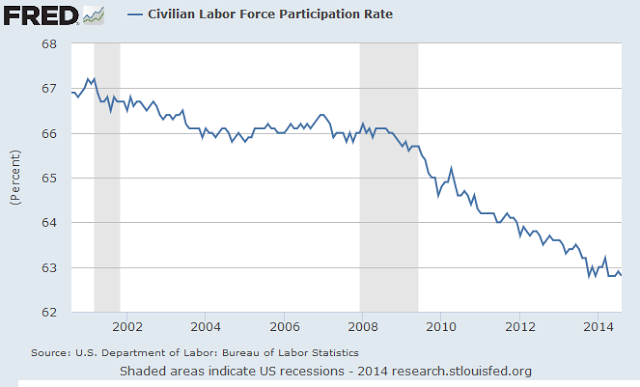It has been almost a year since taking a look at the Beveridge Curve. In the earlier posts we noted the curve compares the unemployment rate with the job vacancy rate. The job vacancy measure we have used in prior posts is the data from the Job Openings and Labor Turnover Survey or JOLTS report. The limitation of the JOLTS report is data only began to be collected in December 2010. The importance of the Beveridge Curve analysis is the graph provides insight into potential structural unemployment. As the below graph shows, the curve has shifted upward and to the right indicating there may be a structural unemployment issue as job openings are going unfilled.

On the other hand, the Cleveland Federal Reserve Bank recently released a report that looks at the Beveridge Curve shift with data going back to 1951. For pre-JOLTS data, the report incorporated the Conference Board Help-Wanted Online Index (HWOL). As the graph in the Cleveland Fed report shows, the most recent data point has moved inside the curve generated after the 2001 recession.

A part of the Cleveland Fed's conclusion notes,
"However, one thing is clear: there is no shift to begin with. We believe that this debate and the ensuing evidence showed us that inferences about complicated and ill-defined concepts such as structural change in the labor market cannot be made by just looking for a break in the simple (and reduced-form) empirical relationships between macroeconomic aggregates in the midst of a deep and long recession."
As an aside, one aspect of this recovery that seems to gain a great deal of attention is the continuing decline in the labor force participation rate. The conversation around this data point leads to a discussion that if these non-participants were included in the unemployment data, one, the unemployment rate would be higher and two, the Beveridge Curve would show a more pronounced shift up and to the right. For some, this shift would indicate a structural unemployment issue in this recovery. For a detailed look at participation rate information, Bill McBride of the Calculated Risk blog provides a comprehensive analysis of participation rate data.

